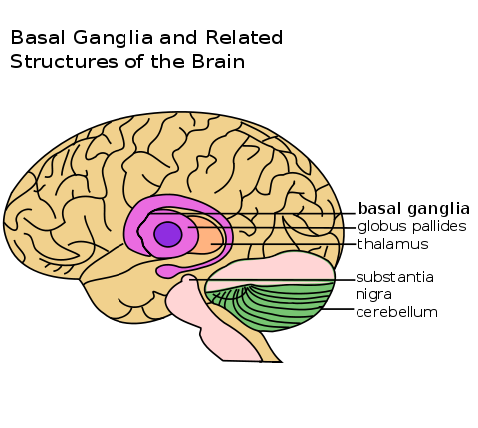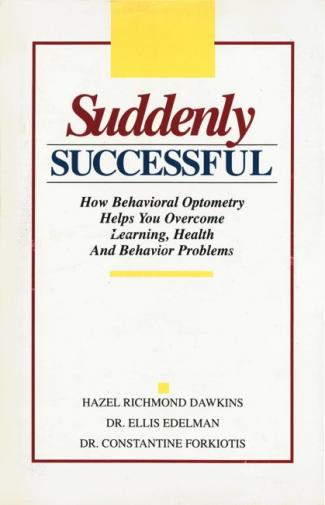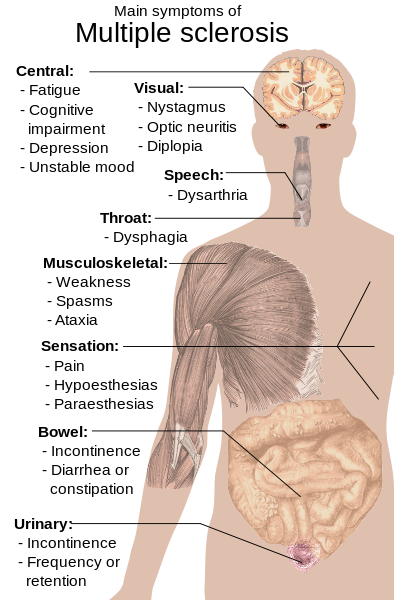An amateur’s golf quest sheds light on how we learn: some vision therapy related thoughts
I'm working on some more technical vision nerdy posts for the near future but meanwhile I came accross an interesting Time Magazine article. A 30 year old commercial photographer named Dan McLaughlin living in Portland, Ore., quit his job and decided to make some changes. He committed himself to a…continue reading →



